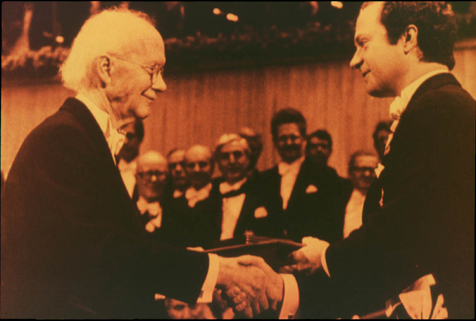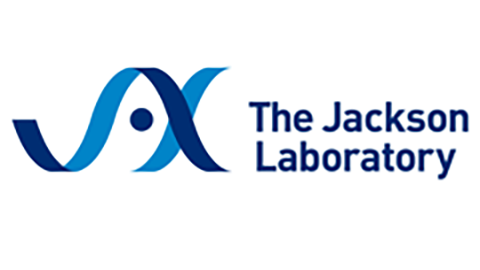
Faculty Research 1980 - 1989
Embryo-derived teratocarcinoma. III. Development of tumors from teratocarcinoma-permissive and non-permissive strain embryos transplanted to F1 hybrids.
Document Type
Article
Publication Date
1981
Keywords
Comparative-Study, Embryo-Transfer, Female, Hybridization, Mice, Mice-Inbred-AKR: ge, Mice-Inbred-BALB-C: ge, Mice-Inbred-C3H: ge, Mice-Inbred-C57BL: ge, Mice-Inbred-Strains: ge, Neoplasms-Experimental: ge, Pregnancy, Species-Specificity, SUPPORT-NON-U-S-GOVT, SUPPORT-U-S-GOVT-NON-P-H-S, SUPPORT-U-S-GOVT-P-H-S, Teratoma: ge
First Page
479
Last Page
483
JAX Source
Int J Cancer 1981 Oct 15;28(4):479-83
Grant
CA23097, CA10815, CA27932, +
Abstract
Seven-day-old mouse embryos of two teratocarcinoma-permissive (C3H and BALB/c) and two teratocarcinoma-non-permissive (C57BL/6 and AKR) strains were transplanted to their F1 hybrids to determine the role of the genetic background of the recipient animals in controlling embryo-derived teratocarcinogenesis. The yield of teratocarcinomas in F1 hybrid recipients of embryonic grafts was either identical with the yield in syngeneic recipients or increased or decreased, depending on the strain of the embryo and the F1 hybrid combination. In certain hybrids, the yield of malignant tumors remained the same as in the syngeneic recipients but the F1 hybrids exerted a stimulatory effect on tumor growth and the tumors weighed more than those in syngeneic recipients. A matroclinous effect was also seen in certain hybrids. These data indicate that embryo-derived teratocarcinogenesis in histocompatible F1 mice depends on the genetic background of adult recipients. The teratocarcinogenic potential of non-permissive and permissive strain mouse embryos can be modified by choosing appropriate F1 hybrids for embryonic transplantations.
Recommended Citation
Solter D,
Dominis M,
Damjanov I.
Embryo-derived teratocarcinoma. III. Development of tumors from teratocarcinoma-permissive and non-permissive strain embryos transplanted to F1 hybrids. Int J Cancer 1981 Oct 15;28(4):479-83

